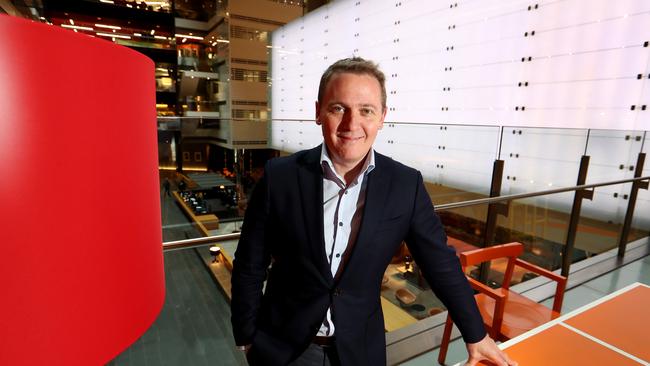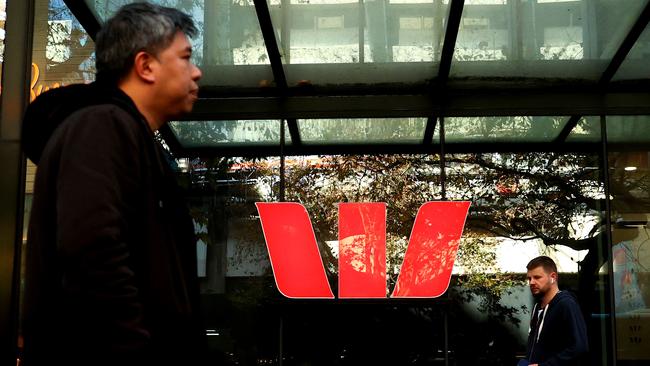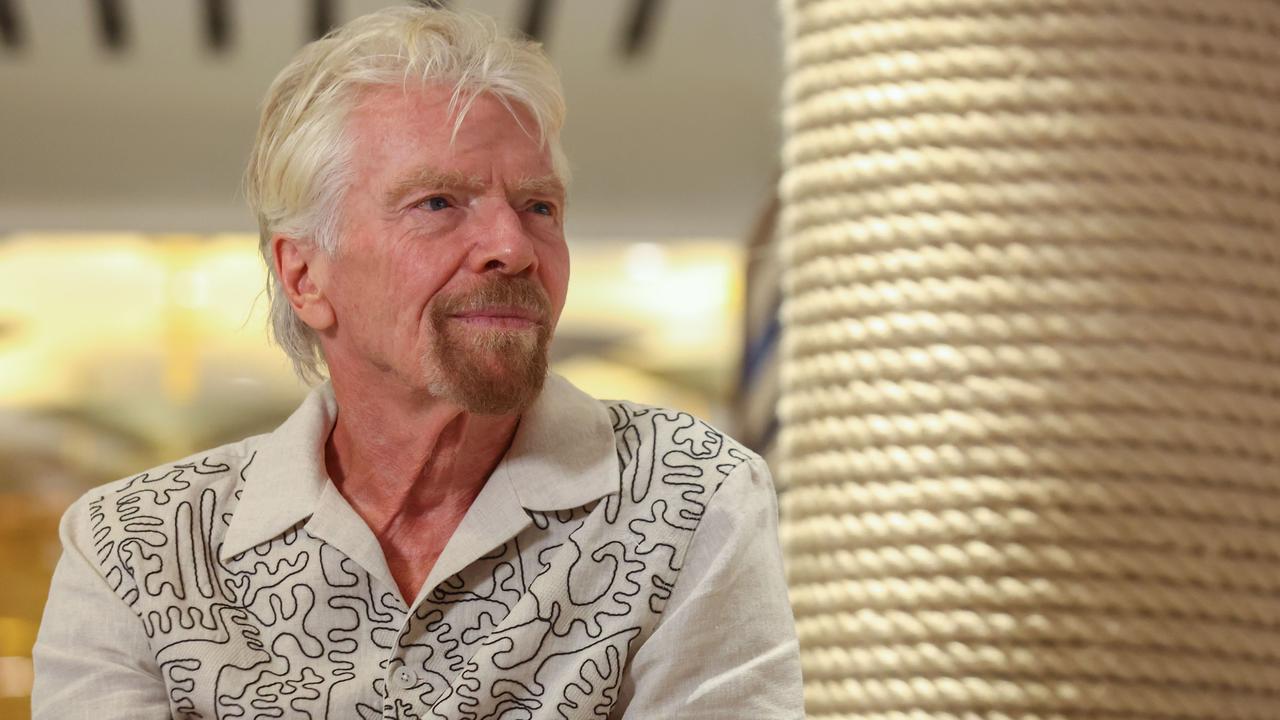
It’s a phased approach and it makes some sense given the accelerated take-up of digital channels during the pandemic. But given the needs of regional Australia and older demographics, it must be handled with care.
The fall in branch numbers in the past five years is notable, and comes on top of banks shrinking floor space and coming up with other ways to reduce costs, such as cashless branches.
The Australian Prudential Regulation Authority’s latest points of presence update shows 4014 bank outlets providing a “branch level of service” as at June 30, down from 4323 a year earlier. Assessing the trend over a longer period reveals a more startling drop, with the number of outlets providing a “branch level of service” tumbling almost 30 per cent since 2017.
Westpac and ANZ have recently provided more detail about their plans for branches.
ANZ via its new Plus platform is trialling two branches that don’t have tellers, but can give access to cash via an ATM.
The bank is open to using this as a model for its entire future branch fleet, depending on how the new “store” model sits with customers. It will provide access for customers to speak to staff about products such as mortgages or attend financial wellbeing seminars. But will it wash with customers?
Asked about whether this model could be rolled out across the bank, ANZx design and delivery managing director Peter Dalton told this column: “That’s our hypothesis: that it (store model) will become the new branch … we’ve got two to test it.
“We do think it will become our new format.”
Dalton quickly added that there may, however, be refinements to the model as ANZ gauges customer feedback.
The idea of axing large numbers of branches comes with challenges for banks around the world.

A report by McKinsey & Company in July found branches were effective channels for customer sales and the uptick in digital was not enough to offset that.
“Retail banking sales declined by 10 per cent in 2021, after branch activity collapsed in 2020 and growth in digital channels did not fully make up the difference,” the report said.
Consulting firm OliverWyman says that in European retail banking, some players may recognise the “improved economic profile of branches in a higher-rate environment”, opting to give branches more prominence within their various channels.
For complex transactions and matters and branding, branches also serve a purpose. So it’s a balancing act.
Locally, Westpac is in the process of cutting branches, with part of that strategy involving merging the branches of its brands, including Westpac, St George and Bank of Melbourne.
More than 30 branches have been co-located, with plans to co-locate a further 100 over 18 months. Westpac is also reconfiguring branches to include banker pods, private advice hubs and more self-service.

Commonwealth Bank’s results for last financial year showed occupancy and equipment expenses fell by $179m to $975m.
The bank cites benefits from consolidating its commercial property footprint and “branch and ATM optimisation”.
Cutting numbers and making branches smaller and more suited to dealing with business and home loan customers is what that really means. CBA’s Bankwest arm this year announced it would close its remaining 14 branches outside Western Australia, but the Sydney-based bank has committed to retaining the largest network among its counterparts, with about 800 CBA branches.
National Australia Bank’s results for the 12 months to September 30 showed occupancy and depreciation expenses decreased by $43m, with the lender saying the decline was underpinned by productivity benefits linked to factors including branch closures and lease renegotiations.
Suncorp’s failed marketplace strategy – when Michael Cameron was steering the company – took an early and unique approach to how future branches would look. At the time, it promised customers would get a “unique retail experience”. It was meant to be a welcoming environment to access financial information, products and attend workshops, but ended up a flop.
Remediation blows
The hits from the major banks’ poor conduct and compliance ahead of the Hayne royal commission keep on coming. Thursday provided several examples of this, including CBA upping the amount of indemnity it will provide the buyer of its advice business to compensate and remediate customers.
When CBA agreed to sell the division to CountPlus in late 2019 it set aside $300m as an indemnity to the buyer cover customer remediation activities, but on Thursday the bank raised that to $520m.
CountPlus’s statement on the matter pointed out that there was scope for “further increases” to CBA’s indemnity limit, noting it was not limited to charging fees where no services were provided.
Another example on Thursday was ANZ unit OnePath Life – which was sold to Zurich Financial Services – being the subject of legal action by the corporate regulator for allegedly failing to act with good faith in claims handling.
ESG innovation
Long-serving Westpac investor relations boffin Andrew Bowden will take up the new role of ESG disclosure and reporting officer in January. He will report to chief financial officer Michael Rowland.
It will be a huge change for the investor and analyst community, given Bowden led Westpac’s investor relations function for 21 years.
Rowland told staff Westpac wanted to improve its “capability and focus” on ESG reporting and disclosure.




The big banks are carefully crafting their strategies to cut branch numbers while trying to keep customer angst at bay.